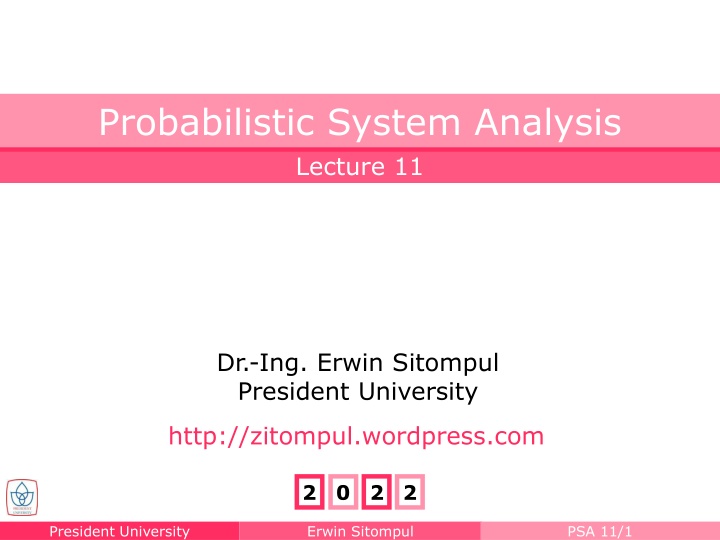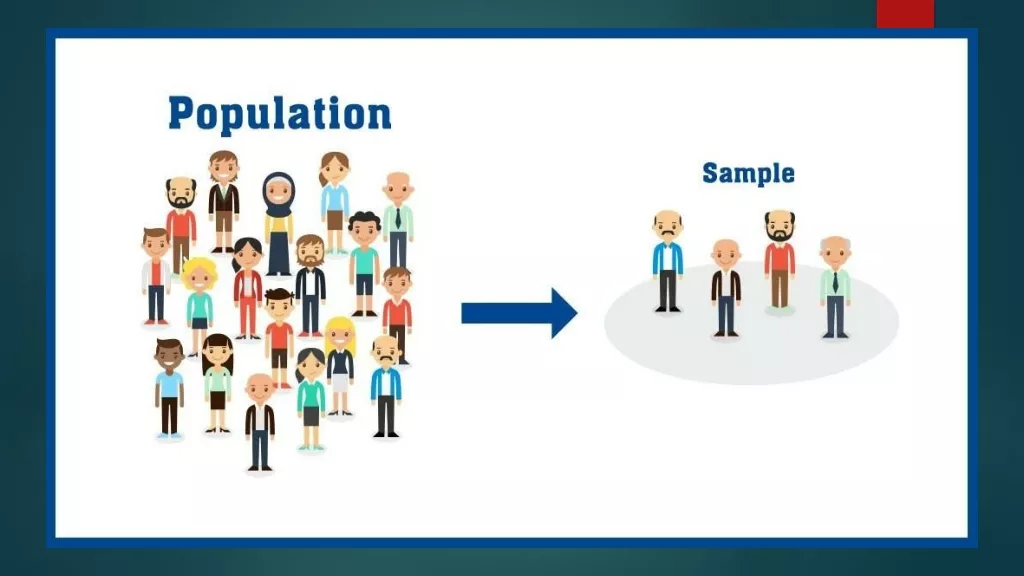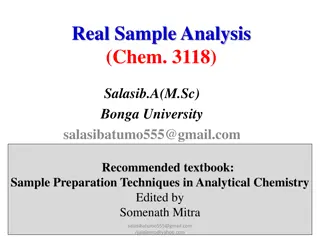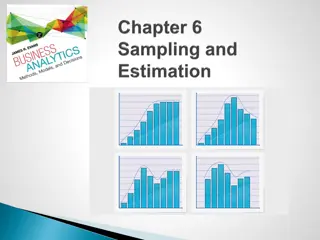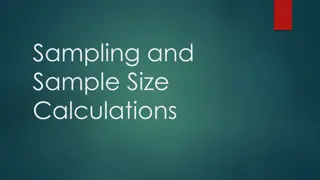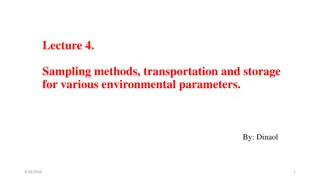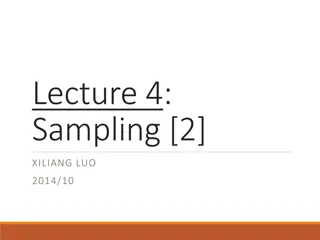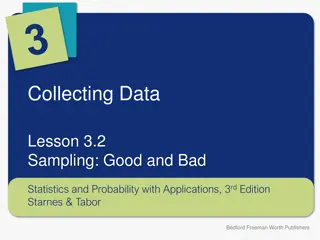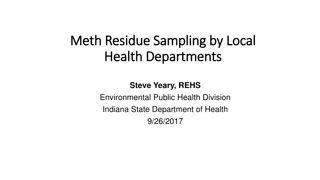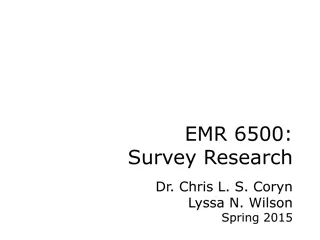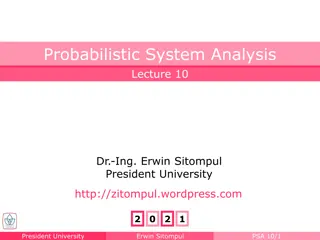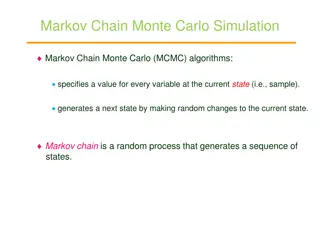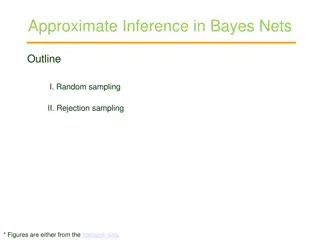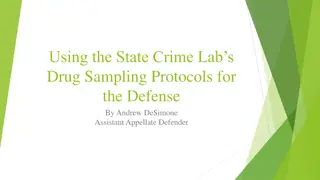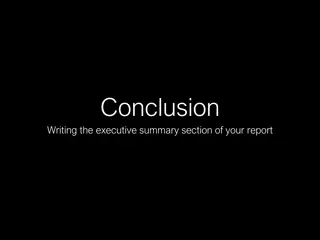Probabilistic System Analysis and Sampling Distribution
Lecture 11 by Dr.-Ing. Erwin Sitompul from President University covers topics such as the sampling distribution of S2, chi-squared distribution, and t-distribution. Detailed explanations and examples are provided to understand variance, statistics, and inferences in probabilistic systems analysis. President University's Erwin Sitompul guides students through practical applications and theoretical concepts in this insightful lecture series.
Download Presentation

Please find below an Image/Link to download the presentation.
The content on the website is provided AS IS for your information and personal use only. It may not be sold, licensed, or shared on other websites without obtaining consent from the author.If you encounter any issues during the download, it is possible that the publisher has removed the file from their server.
You are allowed to download the files provided on this website for personal or commercial use, subject to the condition that they are used lawfully. All files are the property of their respective owners.
The content on the website is provided AS IS for your information and personal use only. It may not be sold, licensed, or shared on other websites without obtaining consent from the author.
E N D
Presentation Transcript
Probabilistic System Analysis Lecture 11 Dr.-Ing. Erwin Sitompul President University http://zitompul.wordpress.com 2 0 2 2 President University Erwin Sitompul PSA 11/1
Chapter 8.6 Sampling Distribution of S2 Sampling Distribution of S2 (known ) If S2 is the variance of a random sample of size n taken from a normal population having the variance 2, then the statistic ( 2 2 2 1 i = ) 2 X X 2 ( 1) n n S = i = has a chi-squared distribution with v=n 1 degrees of freedom. Sample variance S of a population with variance will vary within a range, and this variation follows a certain chi-squared distribution. President University Erwin Sitompul PSA 11/2
Chapter 8.6 Sampling Distribution of S2 Sampling Distribution of S2 (known ) Table A.5 gives values of for various values of and v. The column headings are the areas . The left column shows the degrees of freedom. The table entry are the value. 2 2 President University Erwin Sitompul PSA 11/3
Chapter 8.6 Sampling Distribution of S2 Table A.5 Chi-Squared Distribution President University Erwin Sitompul PSA 11/4
Chapter 8.6 Sampling Distribution of S2 Table A.5 Chi-Squared Distribution President University Erwin Sitompul PSA 11/5
Chapter 8.6 Sampling Distribution of S2 Sampling Distribution of S2 (known ) A manufacturer of car batteries guarantees that his batteries will last, on the average, 3 years with a standard deviation of 1 year. If five of these batteries have lifetimes of 1.9, 2.4, 3.0, 3.5, and 4.2 years, is the manufacturer still convinced that his batteries have a standard deviation of 1 year? Assume that the battery lifetime follows a normal distribution. 2 n n 2 i n x x i 2 (5)(48.26) (15) (5)(4) = = = = 1 1 i i 2 = 0.815 s ( 1) n n 2 (4)(0.815) (1) ( 1) n s = = = 2 3.26 2 From the table, 95% of the 2 values with 4 degrees of freedom fall between 0.484 and 11.143. The computed value with 2=1 is reasonable. The manufacturer has no reason to doubt the current standard deviation. President University Erwin Sitompul PSA 11/6
Chapter 8.7 t-Distribution t-Distribution (unknown ) In the previous section we discuss the utility of the Central Limit Theorem to infer a population mean or the difference between two population means. These utility is based on the assumption that the population standard deviation is known. However, in many experimental scenarios, knowledge of is not reasonable than knowledge of the population mean . Often, an estimate of must be supplied by the same sample information that produced the sample average x. As a result, a natural statistic to consider to deal with inferences on is X T S n _ = Compare with Central Limit Theorem, known , Normal Distribution X = Z n President University Erwin Sitompul PSA 11/7
Chapter 8.7 t-Distribution t-Distribution (unknown ) If the sample size is large enough, say n 30, the distribution of T does not differ considerably from the standard normal. However, for n<30, the values of S2 fluctuate considerably from sample to sample and the distribution of T deviates appreciably from that of a standard normal distribution. In the case that sample size is small, it is useful to deal with the exact distribution of T. In developing the sampling distribution of T, we shall assume that the random sample was selected from a normal population, ( ( 1) V n S where ) ( ) X n Z = = T 2 2 X ( n = Z n 2 1) S = V 2 President University Erwin Sitompul PSA 11/8
Chapter 8.7 t-Distribution t-Distribution (unknown ) Let Z be a standard normal random variable and V a chi-squared random variable with v degrees of freedom. If Z and V are independent, then the distribution of the random variable T, where Z T V v = is given by the density function ( ) 2 v ( ) 1 2 + v v ( /1) 2 v 2 t = + ( ) 1 , h t t v This is known as the t-distribution with v degrees of freedom. President University Erwin Sitompul PSA 11/9
Chapter 8.7 t-Distribution t-Distribution (unknown ) Let X1, X2,..., Xn be independent random variables that are all normal with mean and standard deviation . Let ( 2 and i i n n = = ) 2 X X n n X i = = i X S 1 1 1 X S Then the random variable has a t-distribution with v=n 1 degrees of freedom. = T n The shape of t-distribution curves for v= 2, 5, and . President University Erwin Sitompul PSA 11/10
Chapter 8.7 t-Distribution Comparison Between t-Distribution and Normal Distribution df = v = degree of freedom President University Erwin Sitompul PSA 11/11
Chapter 8.7 t-Distribution Table A.4 t-Distribution It is customary to let t represent the t-value above which we find an area equal to . The t-distribution is symmetric about a mean of zero, that is, t1 = t President University Erwin Sitompul PSA 11/12
Chapter 8.7 t-Distribution Table A.4 t-Distribution A t-value that falls below t0.025 or above t0.025 would tend to make us believe that either a very rare event has taken place or perhaps our assumption about is in error. Should this happen, we shall make the latter decision and claim that our assumed value of is in error. President University Erwin Sitompul PSA 11/13
Chapter 8.7 t-Distribution t-Distribution (unknown ) The t-value with v=14 degrees of freedom that leaves an area of 0.025 to the left, and therefore an area of 0.975 to the right, is = = t t 2.145 0.975 0.025 Find P( t0.025<T<t0.05). 1 0.05 0.025 Area= = 0.925 = ( ) 0.925 P t T t 0.025 0.05 President University Erwin Sitompul PSA 11/14
Chapter 8.7 t-Distribution t-Distribution (unknown ) Find k such that P(k<T< 1.761)=0.045, for a random sample of size 15 selected from a normal distribution and n =x T s From t-Distribution Table, the value 1.761 corresponds to t0.05 for v = 14. So, t 0.05 = 1.761. = = ( ) 0.045 0.05 P t T t t 0.05 = = = 2.977 k t t t 0.005 0.005 ( 2.977 P = 1.761) 0.045 T President University Erwin Sitompul PSA 11/15
Chapter 8.7 t-Distribution t-Distribution (unknown ) A chemical engineer claims that the population mean yield of a certain batch process is 500 g/mm of raw material. To check this claim he samples 25 batches each month. If the computed t-value falls between t0.05 and t0.05, he is satisfied with his claim. What conclusion should he draw from a sample that has a mean x = 518 g/mm and a sample standard deviation s=40 gr? Assume the distribution of yields to be approximately normal. _ n =x 518 500 40 Confidence level of 90% = ( 1.711 ( ) 1.711) P t T t P T = = t 2.25 0.05 0.05 s 25 Confidence level of 95% = ( 2.064 ( ) 2.064) P t T t P T 0.025 0.025 From t-Distribution Table, the value 2.25 corresponds to between 0.02 and 0.015. This means, the probability of obtaining a mean of 518 g/mm for a certain sample while the mean of population is 500 g/mm is only lower than 2%. It is more reasonable to assume that > 500. Hence, the manufacturer is likely to conclude that the process produces a better product than he thought. President University Erwin Sitompul PSA 11/16
Chapter 8.7 t-Distribution Application Example of t-Distribution _ President University Erwin Sitompul PSA 11/17
Chapter 8.8 F-Distribution F-Distribution If the t-distribution is motivated by the comparison between two sample means, the F-distribution finds enormous application in comparing sample variances. The statistic F is defined to be the ratio of two independent chi- squared random variables, each divided by its number of degrees of freedom. Hence, we can write U v V v = 1 F 2 where U and V are independent random variables having chi- squared distributions with v1 and v2 degrees of freedom, respectively. President University Erwin Sitompul PSA 11/18
Chapter 8.8 F-Distribution F-Distribution Let U and V be two independent random variables having chi- squared distributions with v1 and v2 degrees of freedom, respectively. Then the distribution of the random variable is given by the density U v V v = 1 F 2 ( ) 2 ( ) = 2 1 v + 2 v v v v v v 2 1 1 v f 1 1 2 1 2 , 0 f ( ) ( ) ( ) h f + + ( ) 2 v v 2 (1 ) v f v 1 2 1 2 1 2 0, elsewhere This is known as the F-distribution with v1 and v2 degrees of freedom. Table A.6 in the reference gives values of f for = 0.05 and = 0.01 for various combinations of the degrees of freedom v1 and v2. Table A.6 can also be used to find values of f0.95 and f0.99. The theorem will be presented later. President University Erwin Sitompul PSA 11/19
Chapter 8.8 F-Distribution Table A.6 F-Distribution = 0.05 President University Erwin Sitompul PSA 11/20
Chapter 8.8 F-Distribution Table A.6 F-Distribution = 0.05 President University Erwin Sitompul PSA 11/21
Chapter 8.8 F-Distribution Table A.6 F-Distribution = 0.01 President University Erwin Sitompul PSA 11/22
Chapter 8.8 F-Distribution Table A.6 F-Distribution = 0.01 President University Erwin Sitompul PSA 11/23
Chapter 8.8 F-Distribution F-Distribution Typical F-distribution Tabulated values of the F- distribution Writing f (v1,v2) for f with v1 and v2 degrees of freedom, we obtain 1 ( , ) ( , ) f v v = f v v 1 1 2 2 1 President University Erwin Sitompul PSA 11/24
Chapter 8.8 F-Distribution F-Distribution with Two Sample Variances 2 2 1S 2 S If and are the variances of independent random samples of size n1 and n2 taken from normal populations with variances and , respectively, then 2 2 1 2 2 2 1 2 2 2 2 2 1 2 S S S S = = 1 1 F 2 2 2 2 has an F-distribution with v1=n1 1 and v2=n2 1 degrees of freedom. President University Erwin Sitompul PSA 11/25
Chapter 8.8 F-Distribution F-Distribution with Two Sample Variances Data from three distinct samples Data that easily could have come from the same population President University Erwin Sitompul PSA 11/26
Chapter 8.7 t-Distribution Application Example of F-Distribution _ President University Erwin Sitompul PSA 11/27
Probabilistic System Analysis Homework 11A 1. A maker of a famous chocolate candies claims that their average calorie is 5 cal/g with a standard deviation of 1.2 cal/g. In a random sample of 8 candies of this famous brand, the calorie content was found to be 6, 7, 7, 3, 4, 5, 4, and 2 cal/g. Would you agree with the claim? Use Chi-squared distribution and assume a normal distribution. (Wal8.852 ep.283) 2. A small cleaning service company obtains a contract proposal from a customer owning an office tower with 100 rooms. The company has only 5 workers. It needs to determine its profit margin by first finding out the time required by the workers to finish cleaning 100 rooms. The first estimation is that the workers would need 5.5 hours to clean the 100 rooms. The company starts a probation period for two week, while collecting data so that it can later charge the customer correctly. The data collected by the company can be seen on the next table. After collecting this data, the company wants to determine if the first estimation of 5.5 hours to finish cleaning 100 rooms was reasonable. If the computed t-value falls between t0.025 and t0.025, the company would be satisfied and will stay with its first estimation. What is your opinion? Time to clean 100 rooms 5.5 7 6.4 4.5 3.9 7.1 5.6 5.8 7.8 4.6 4.5 (Int.Rndvz ep.283) 5.5 President University Erwin Sitompul PSA 11/28
